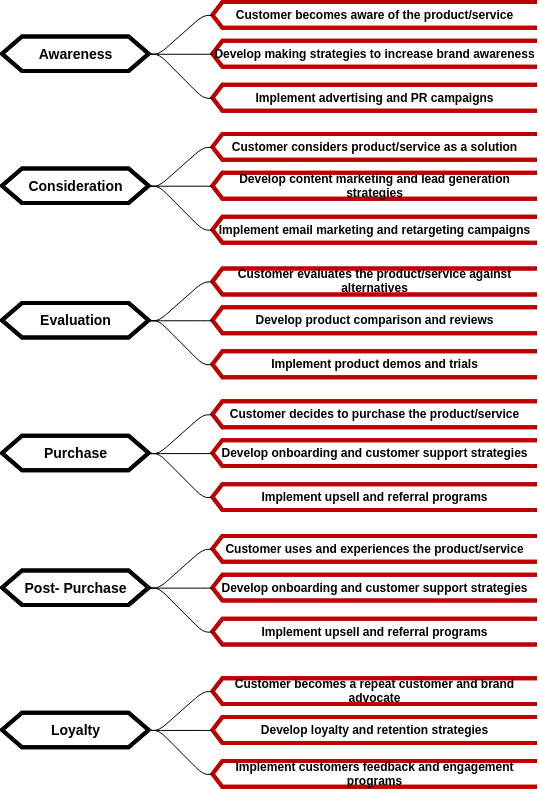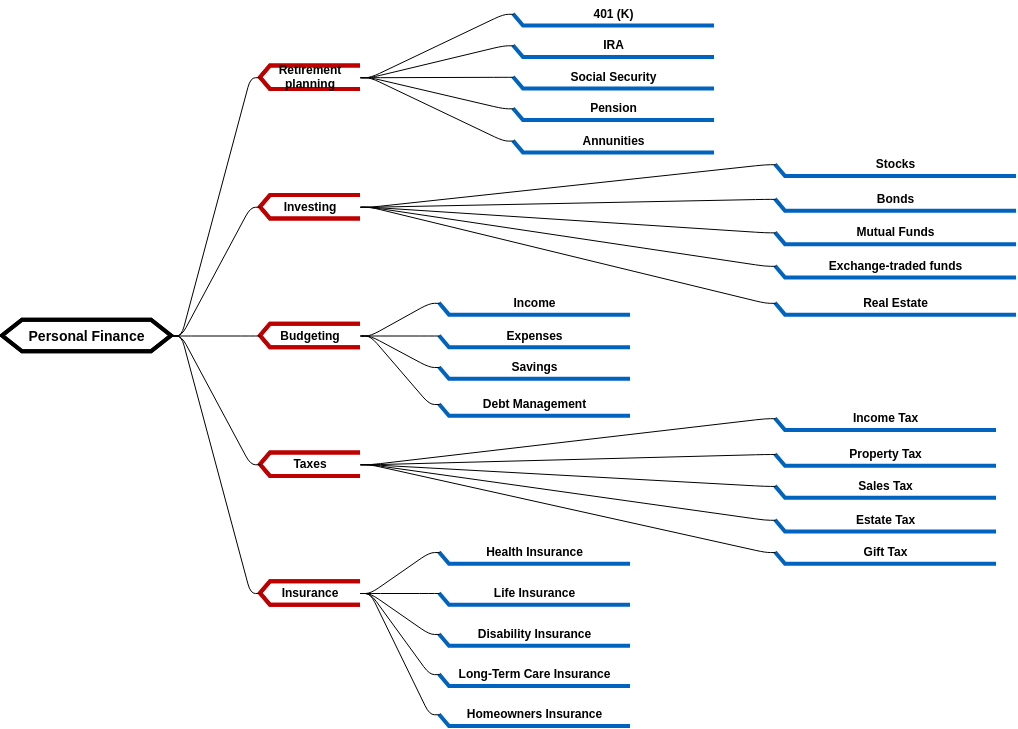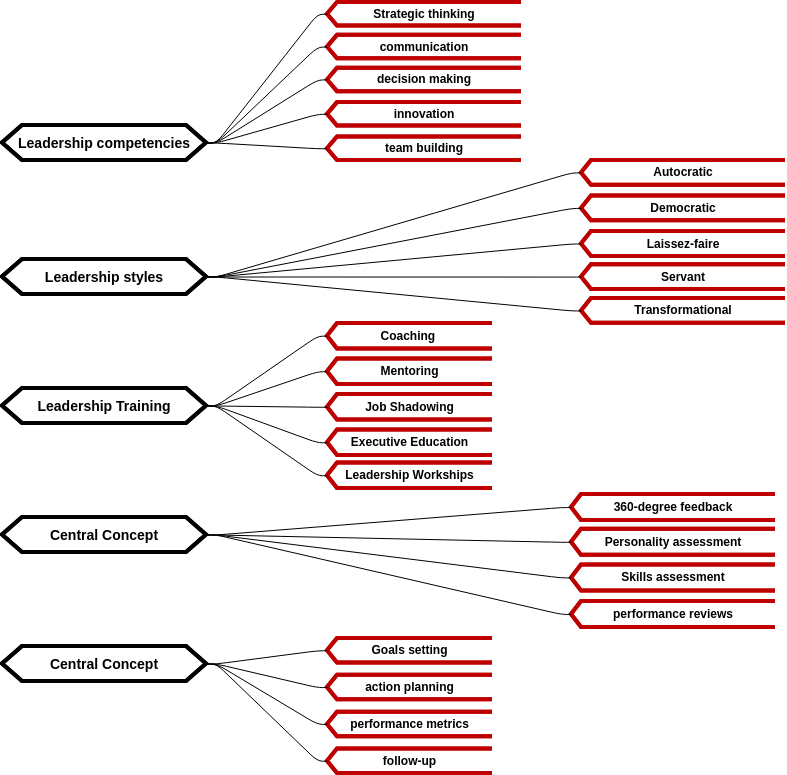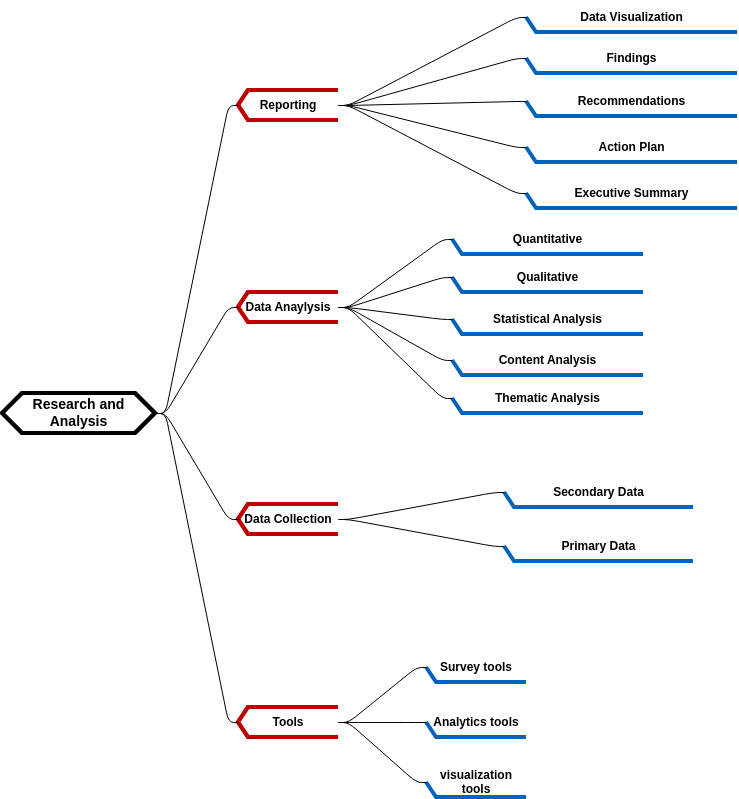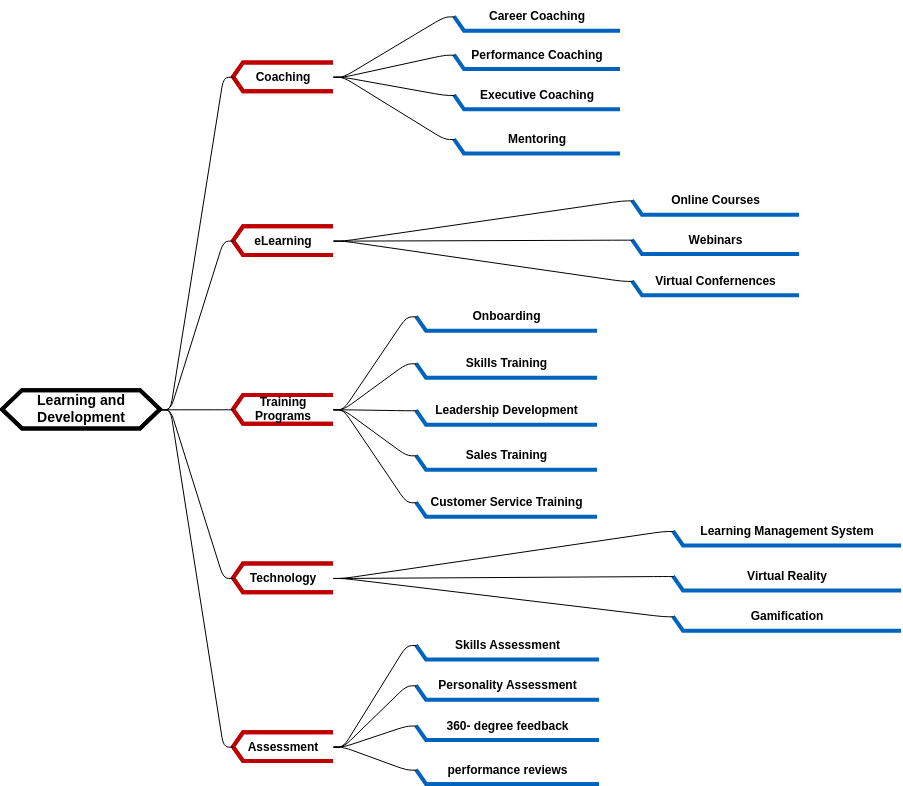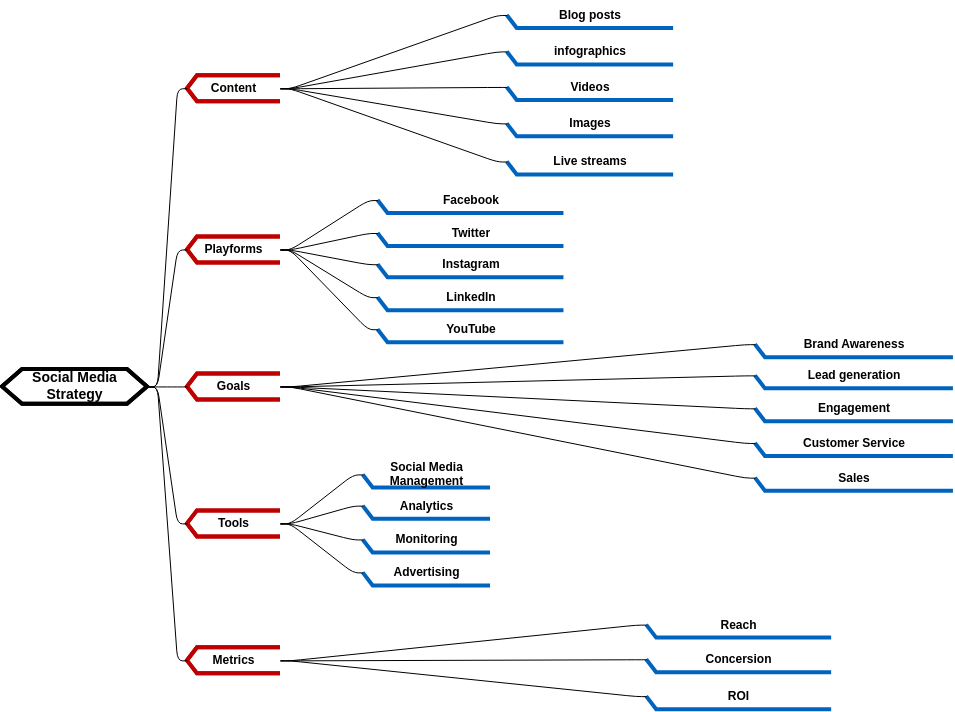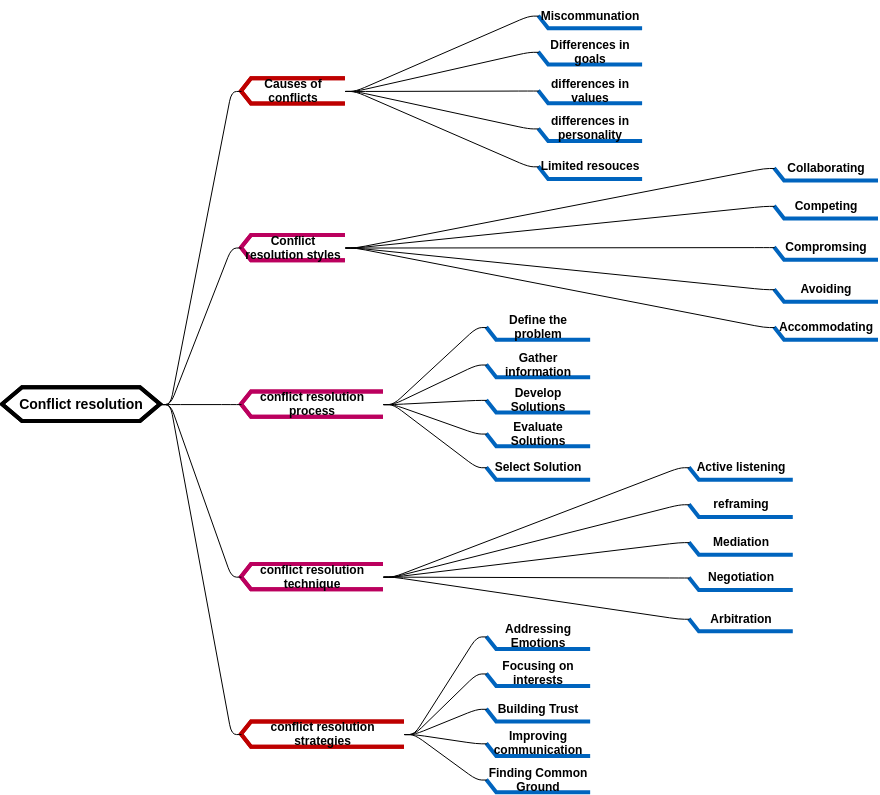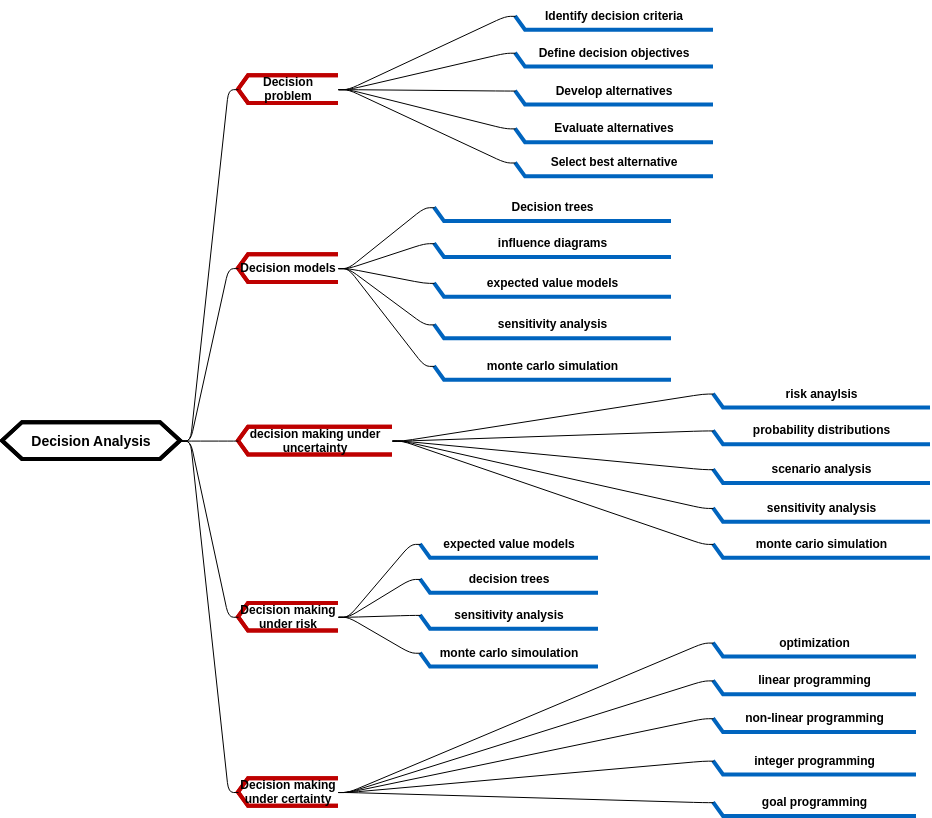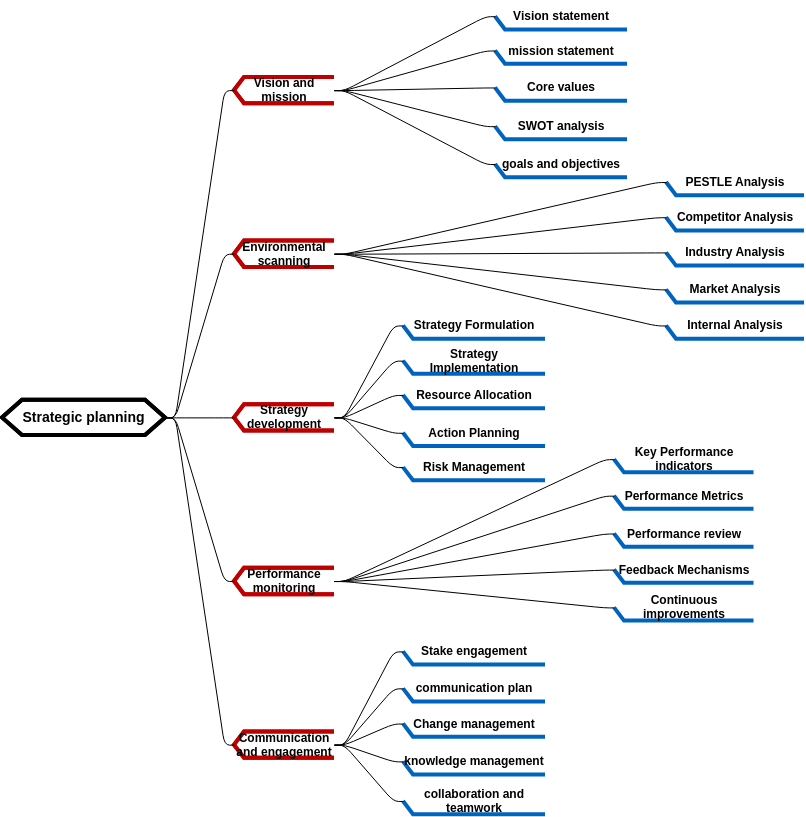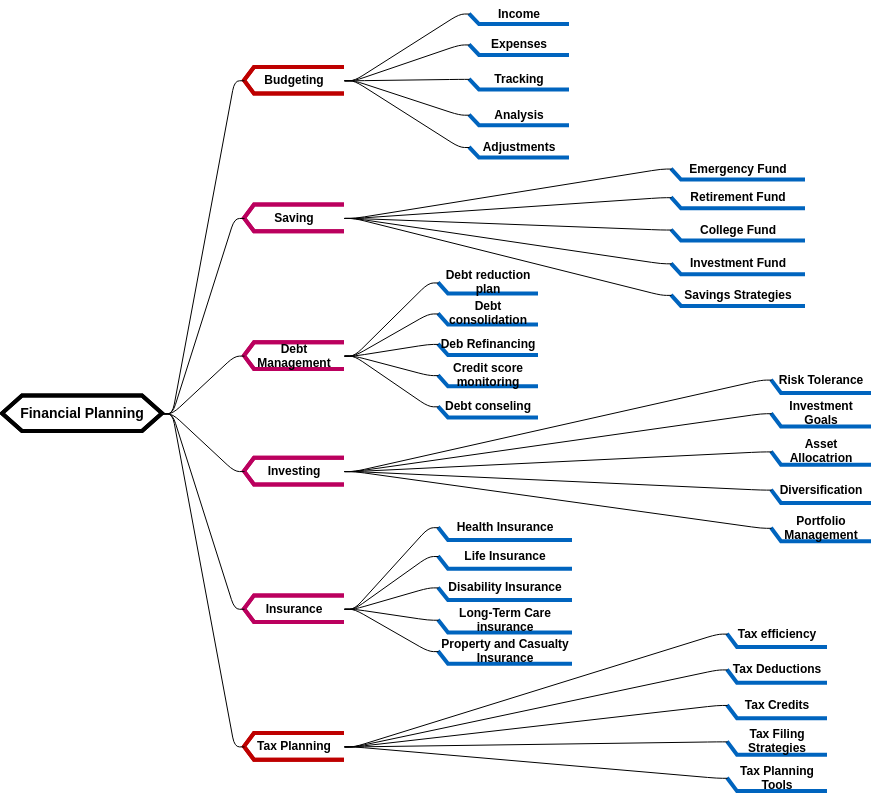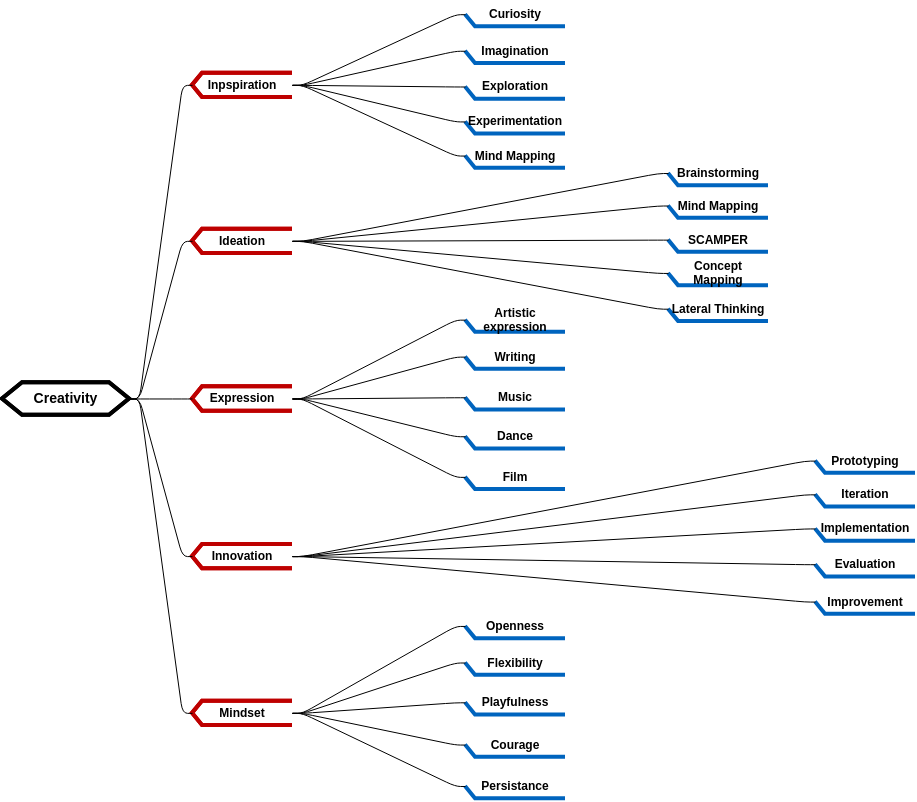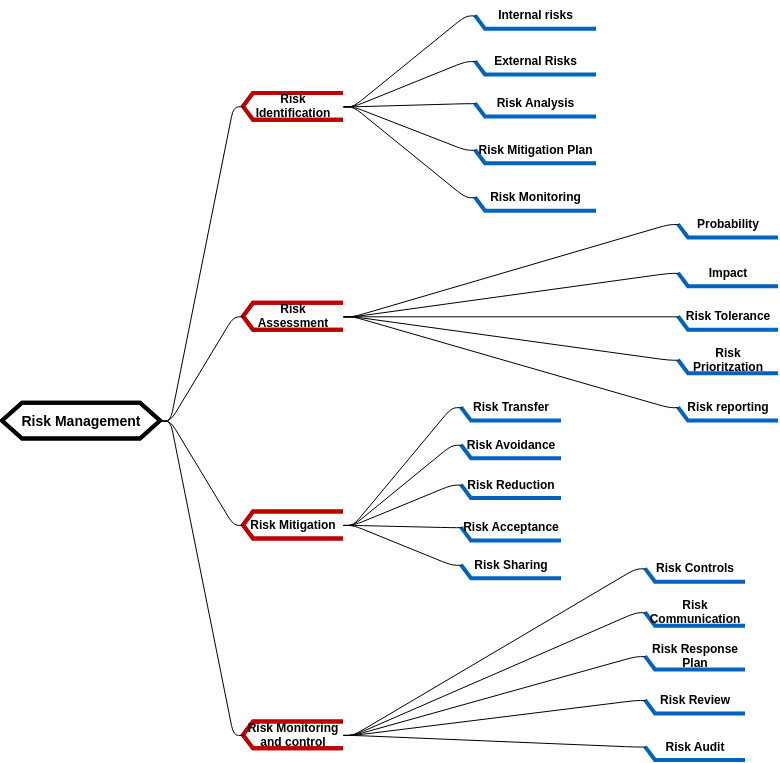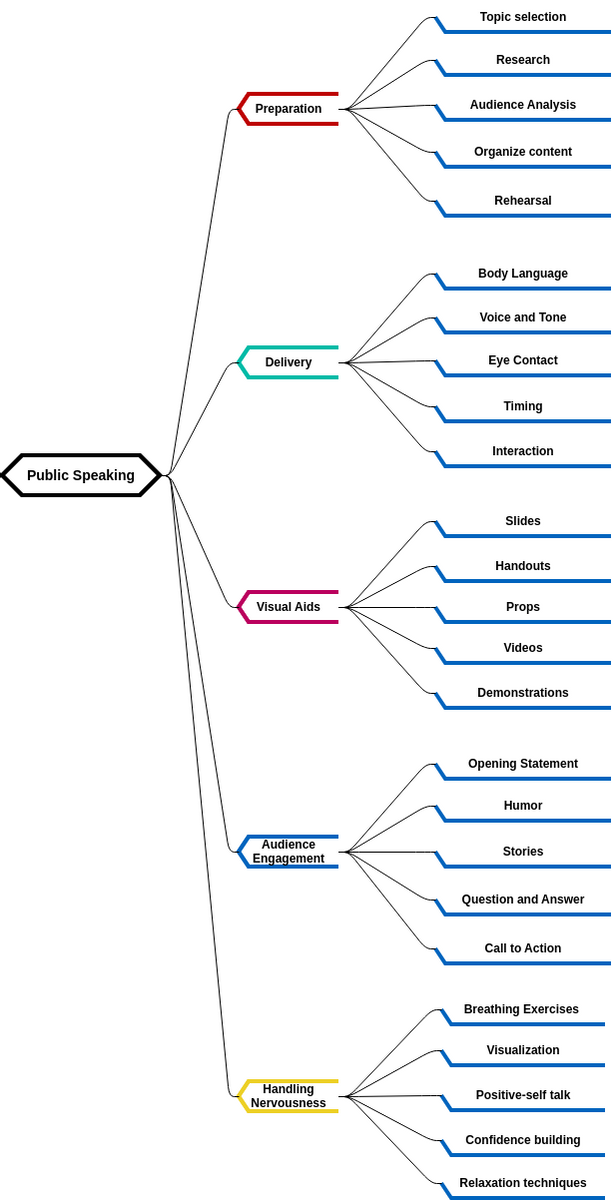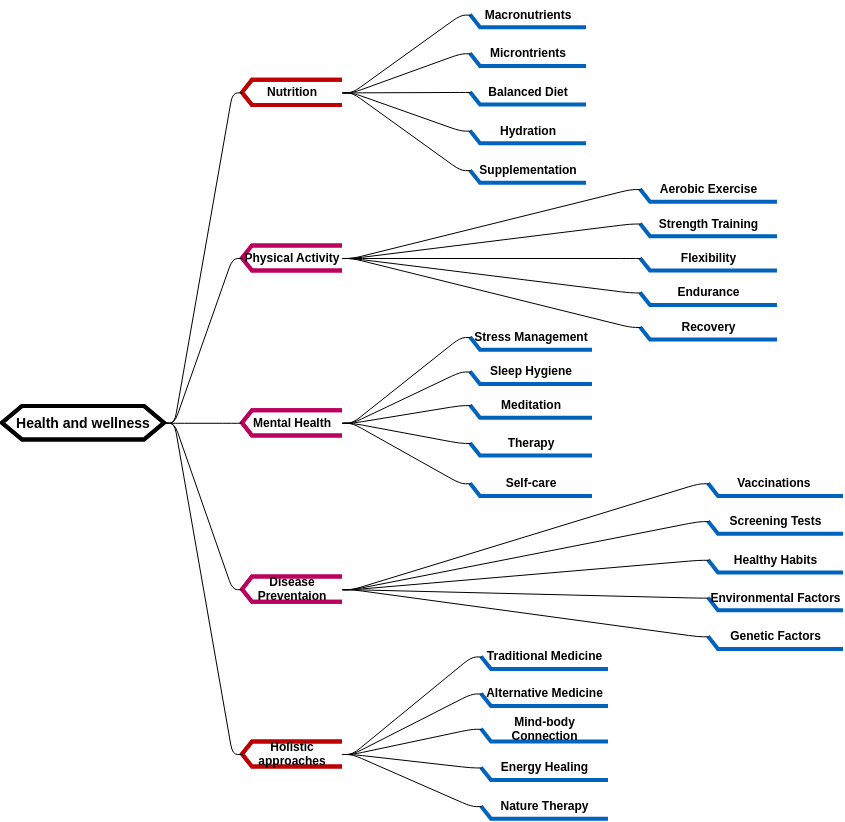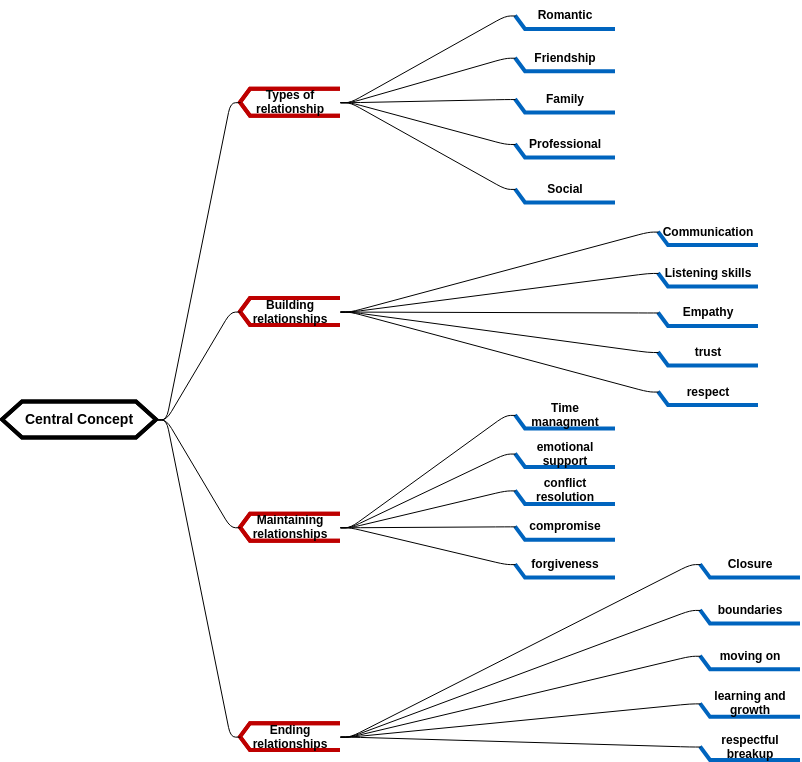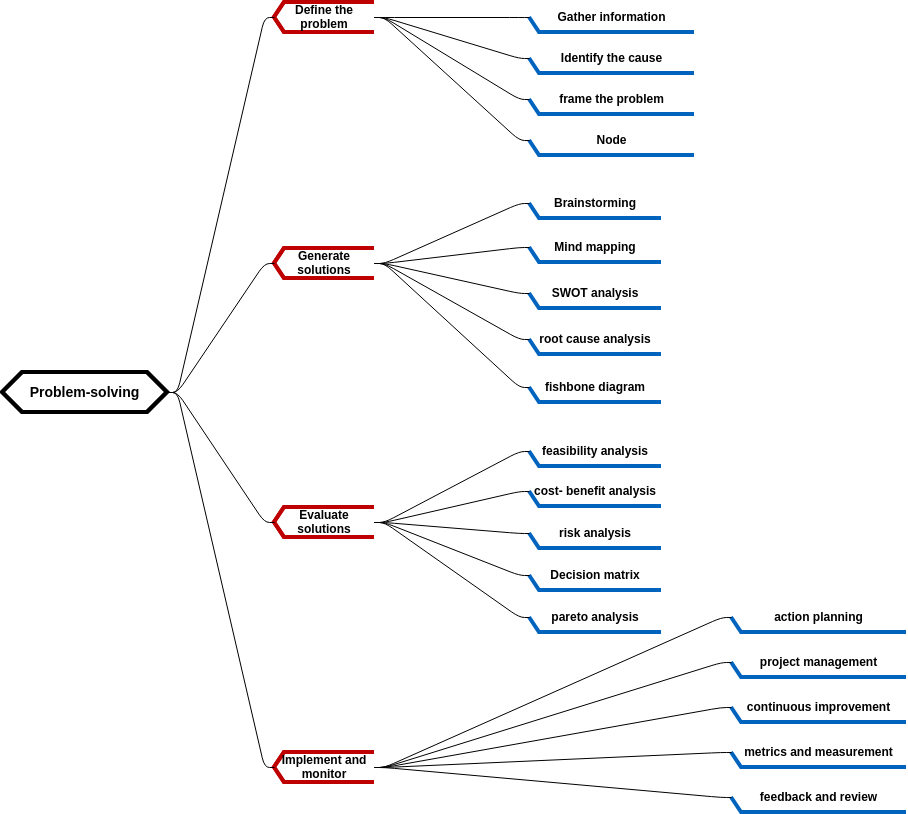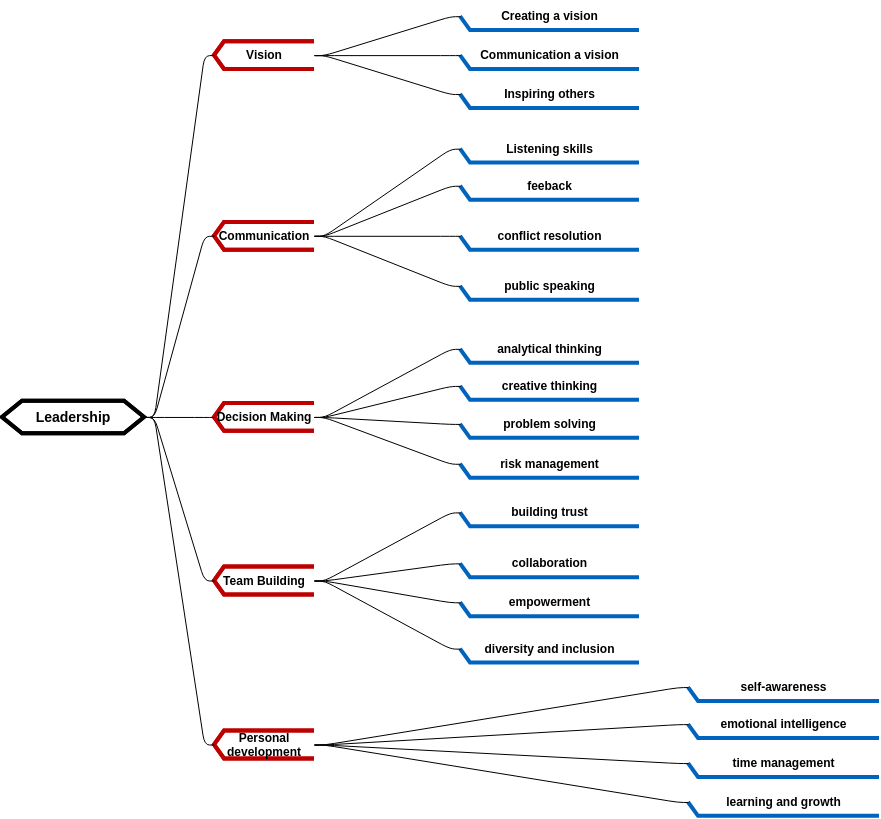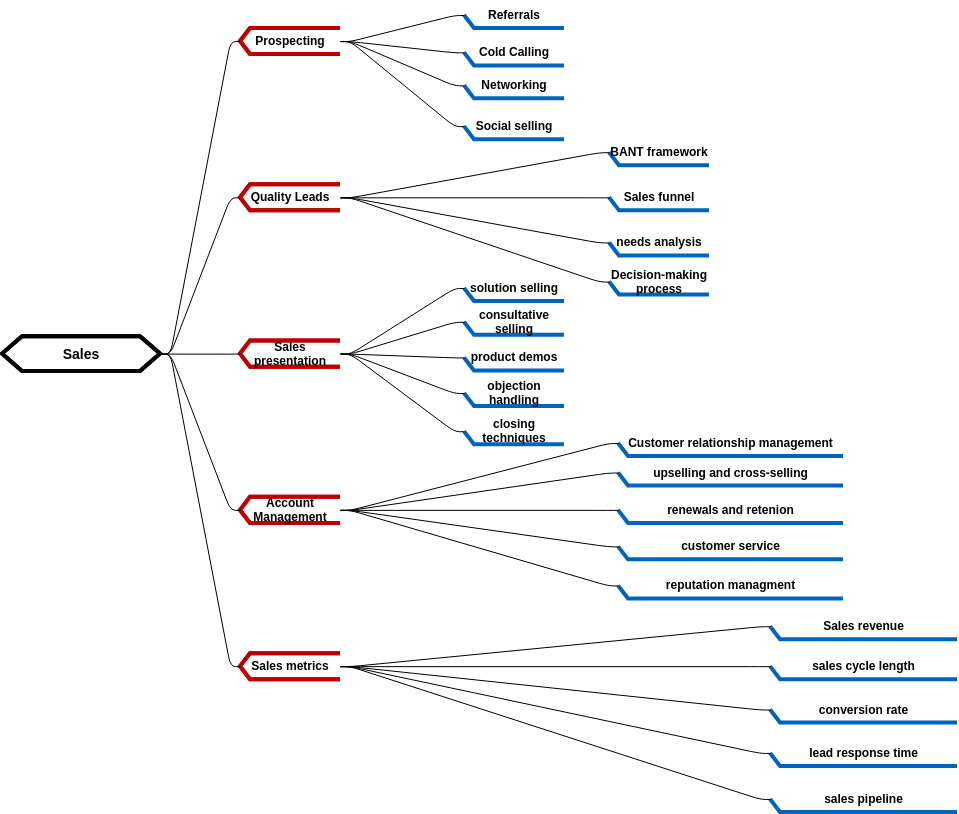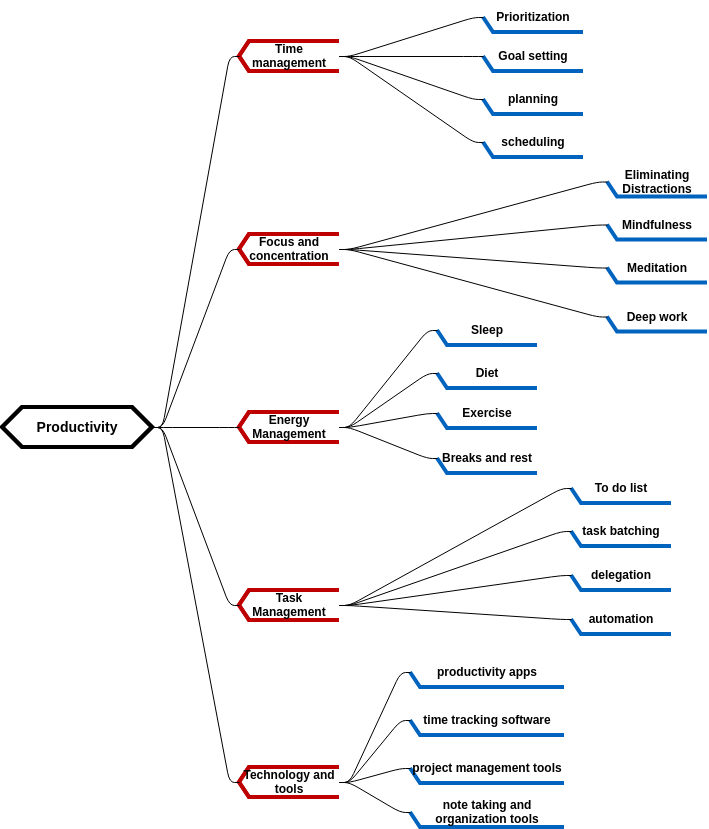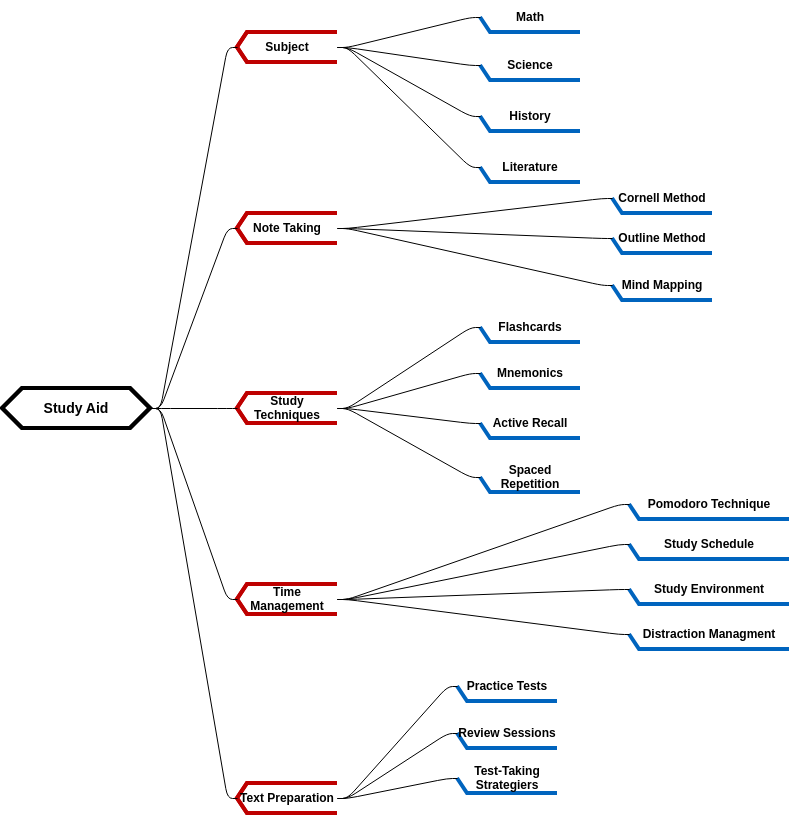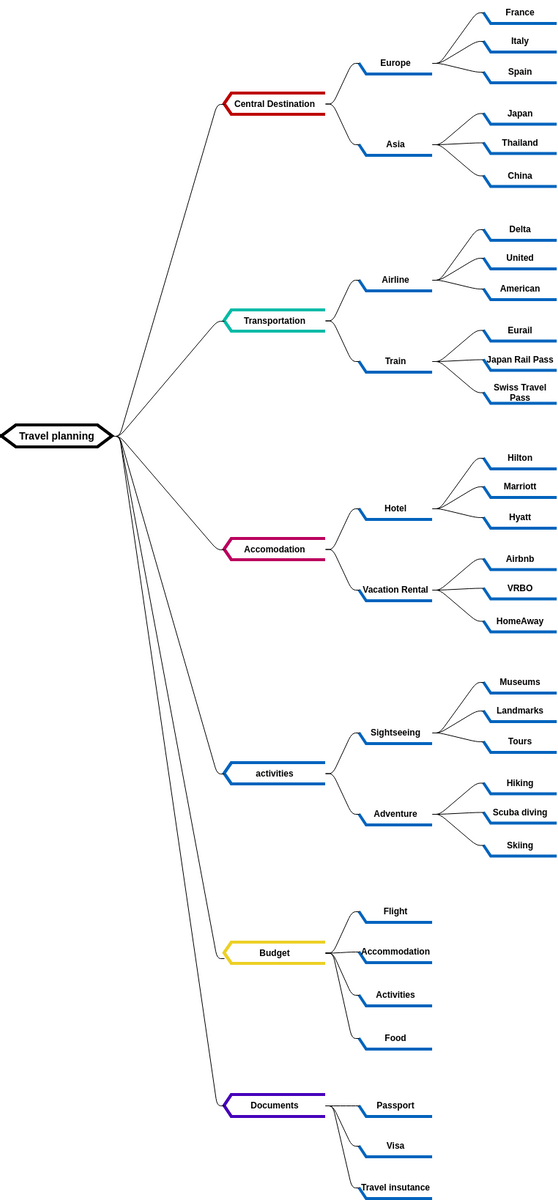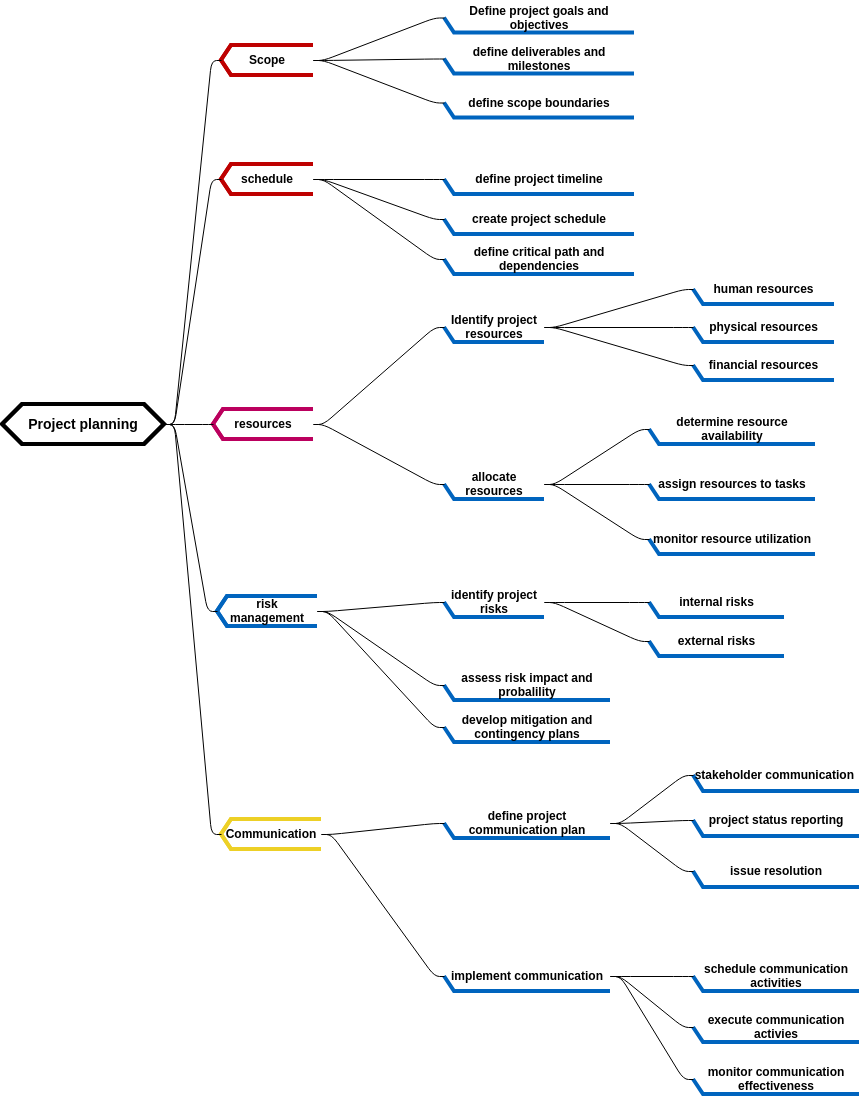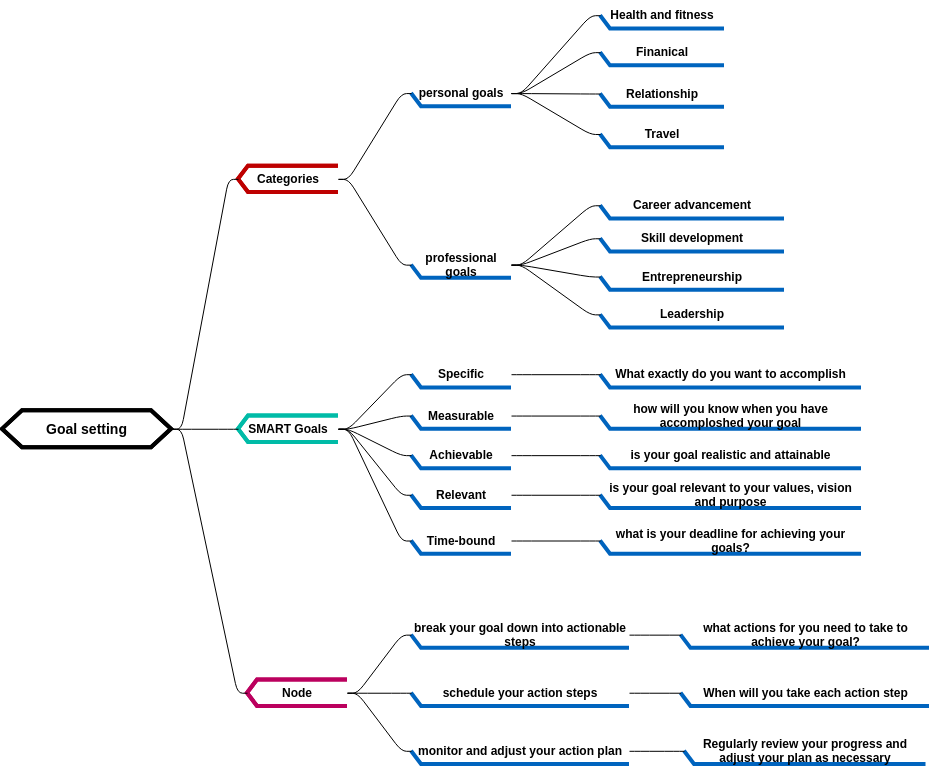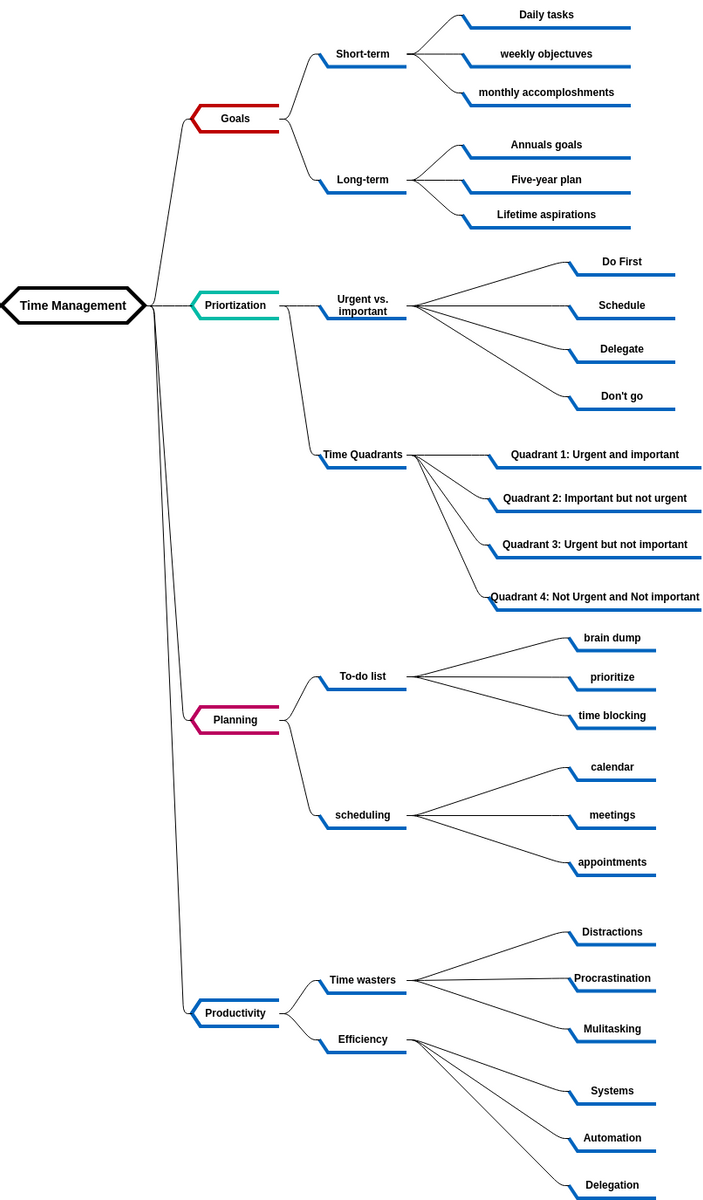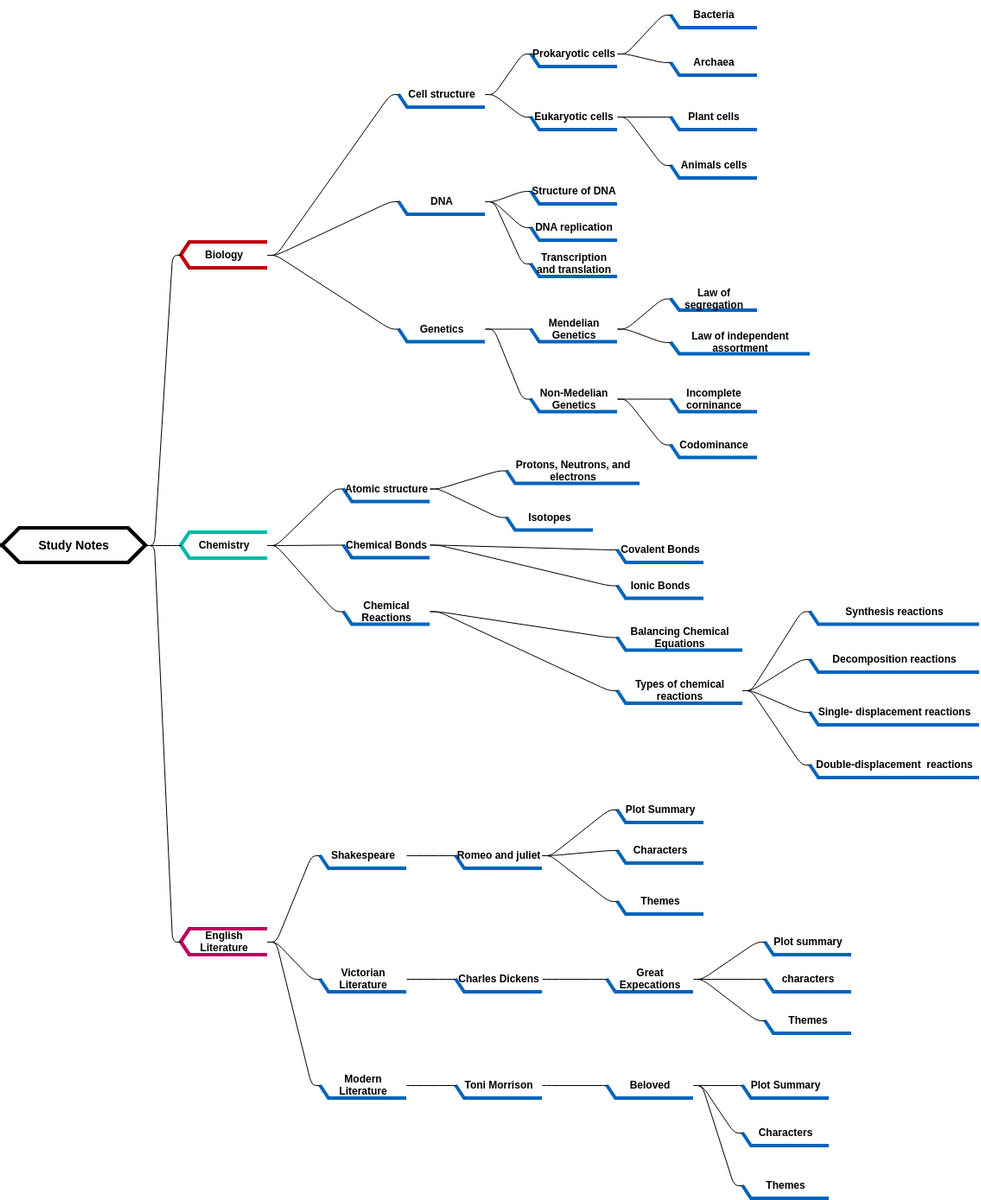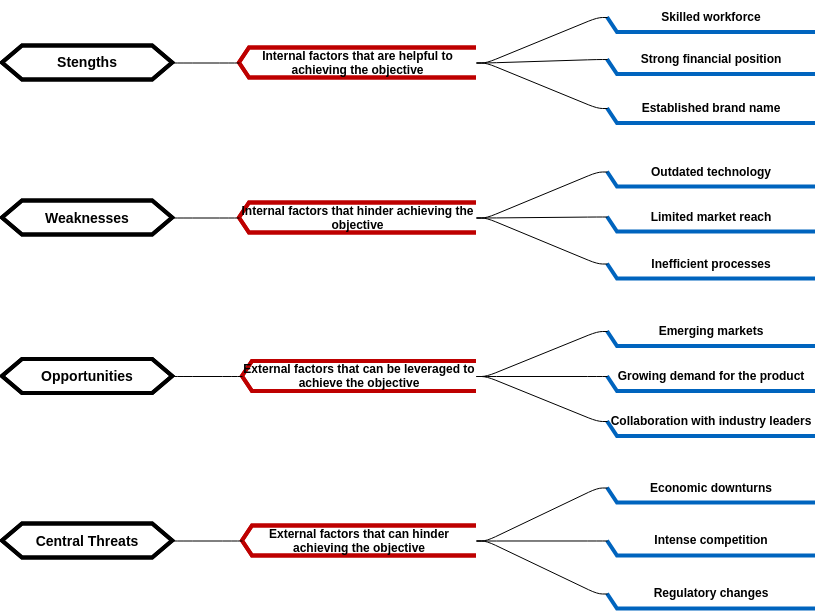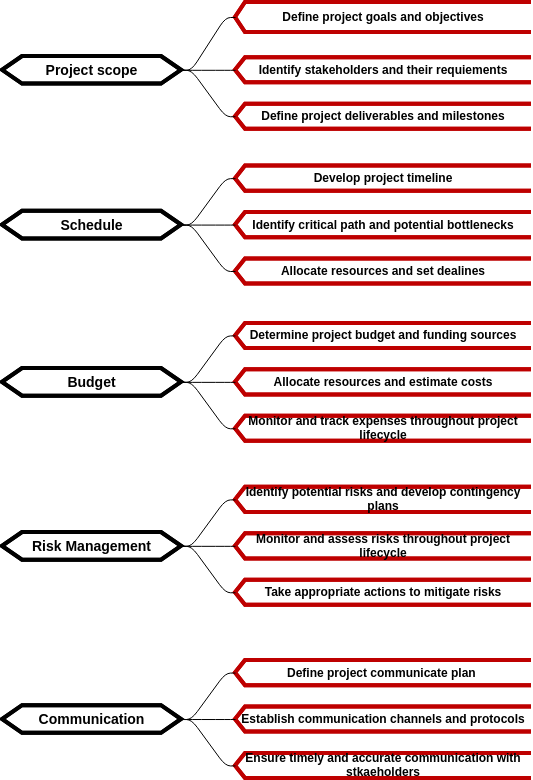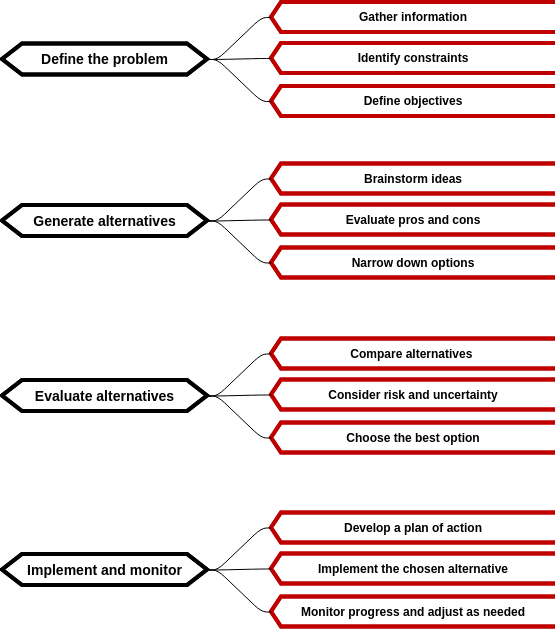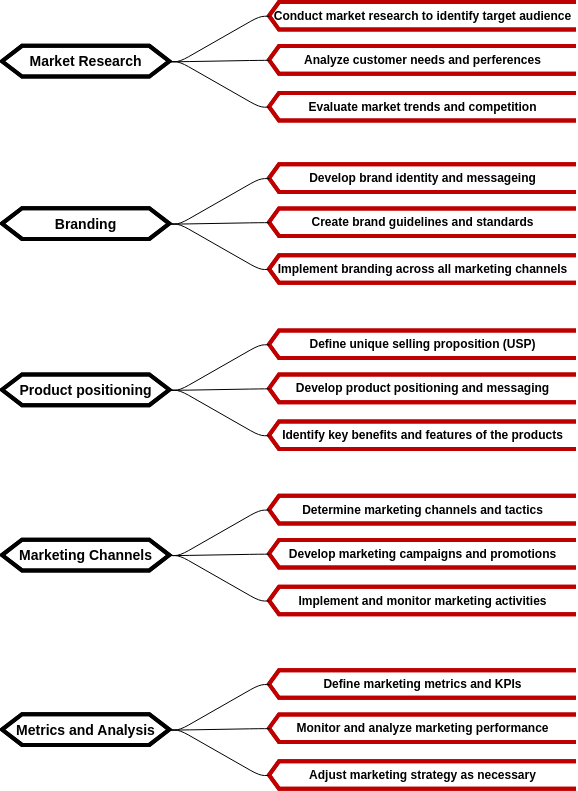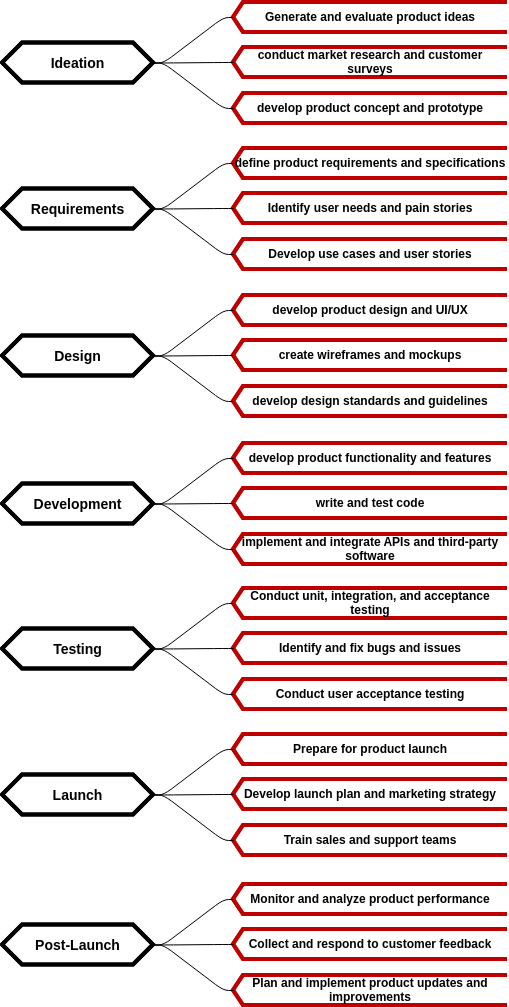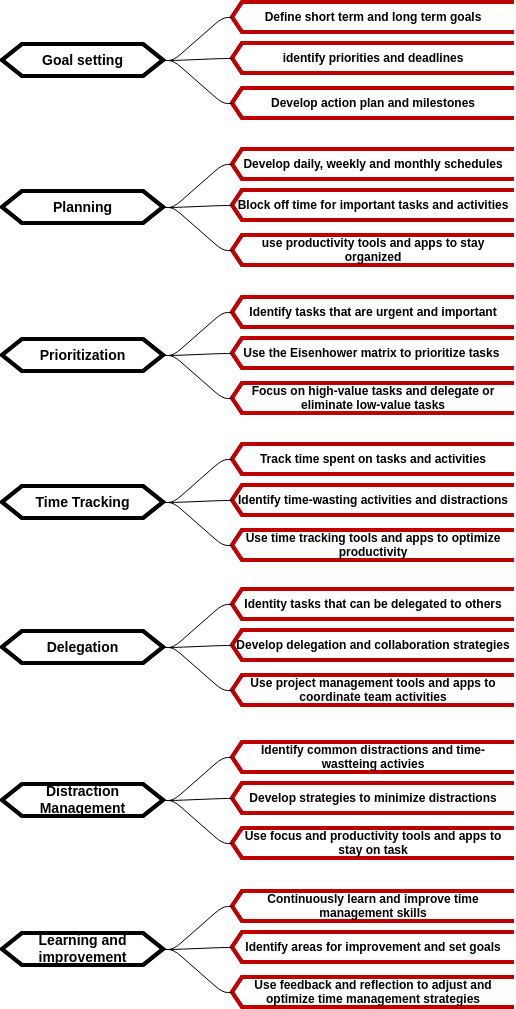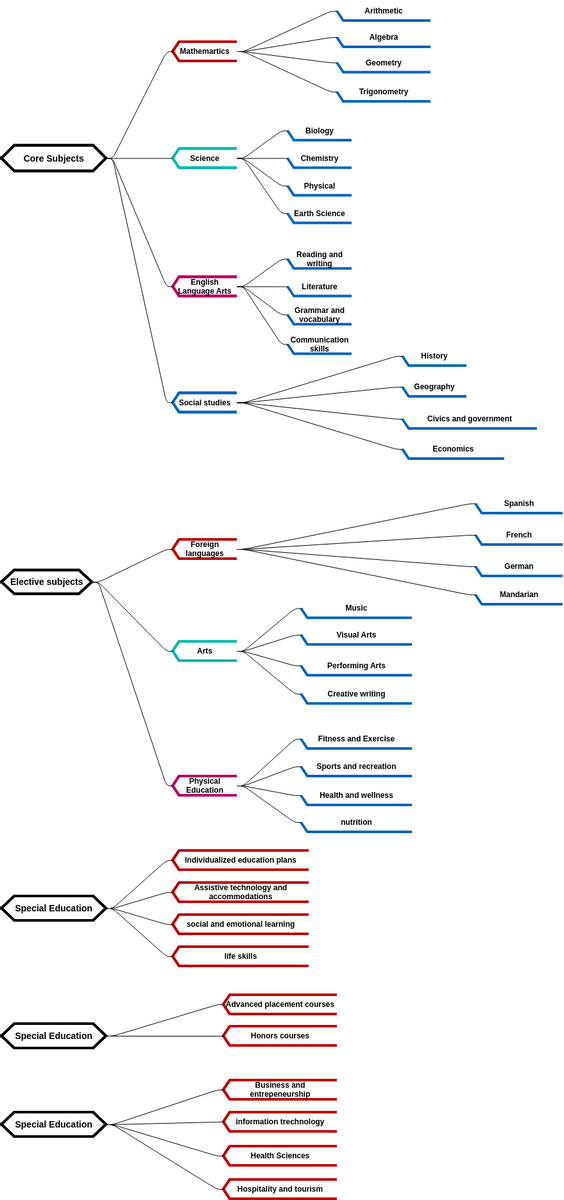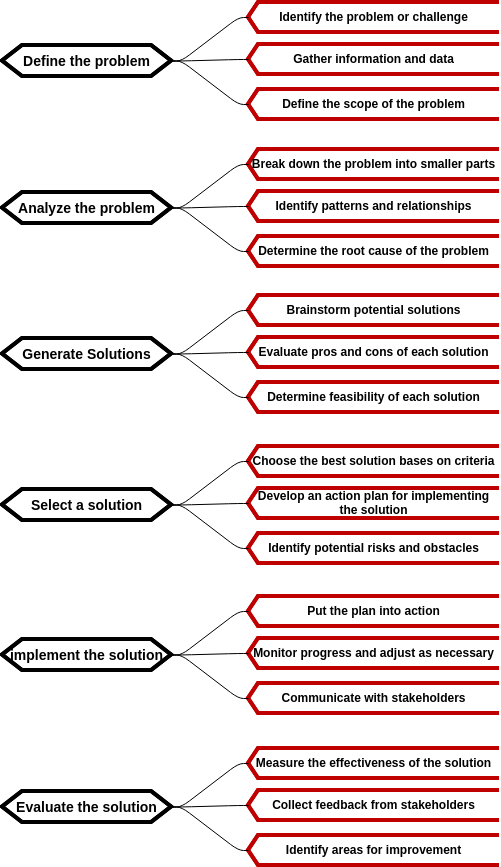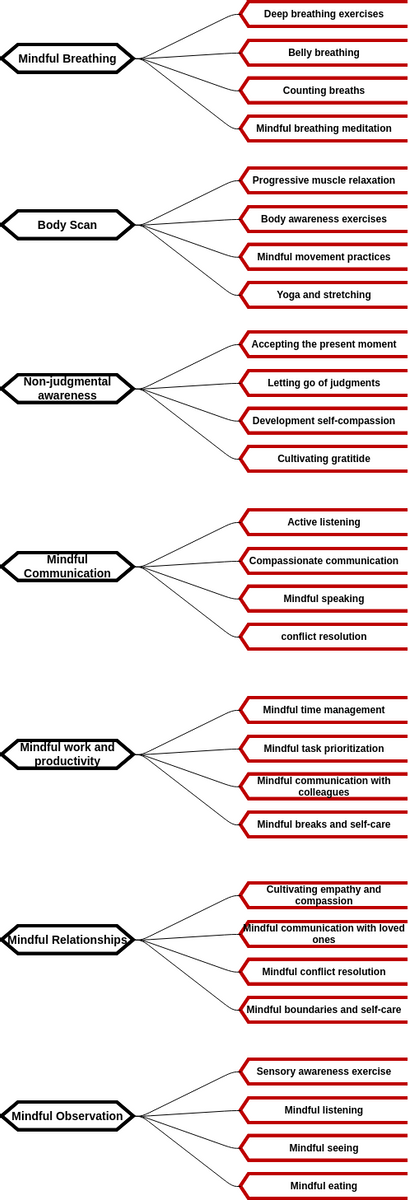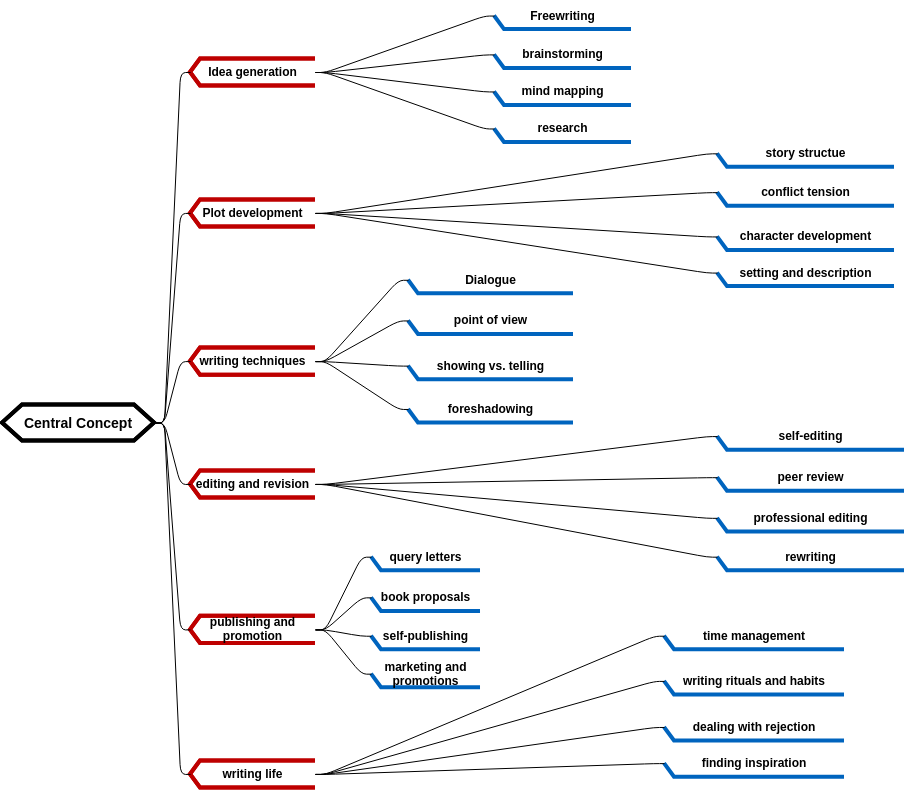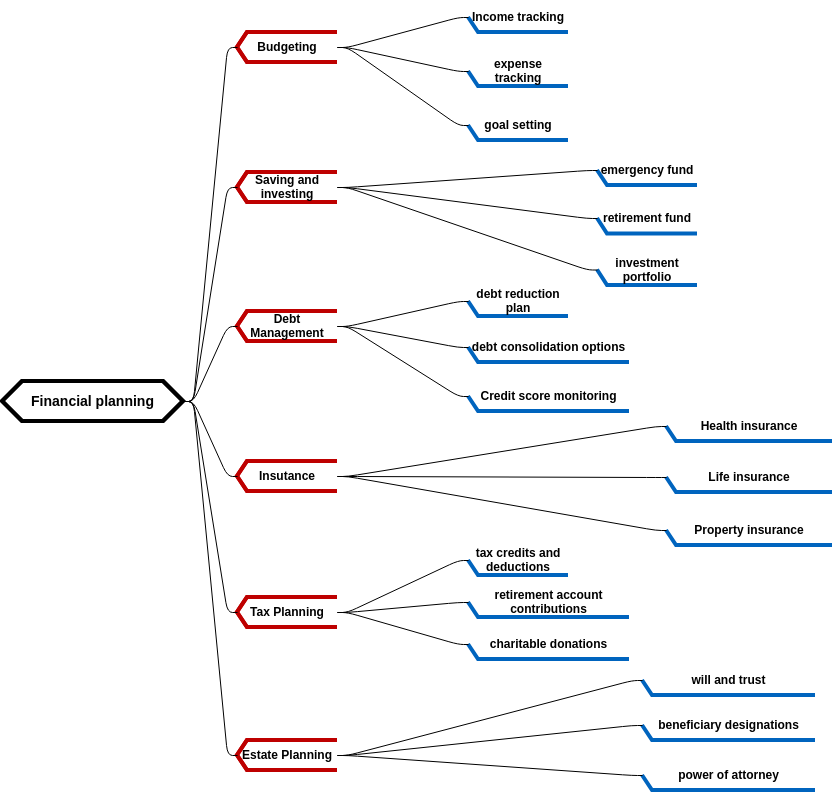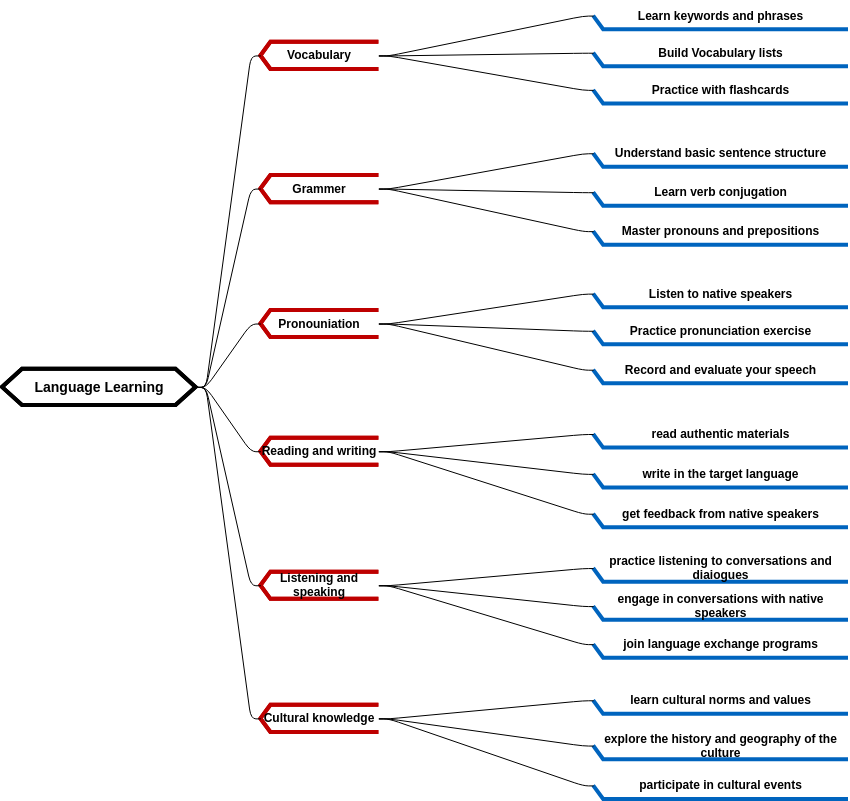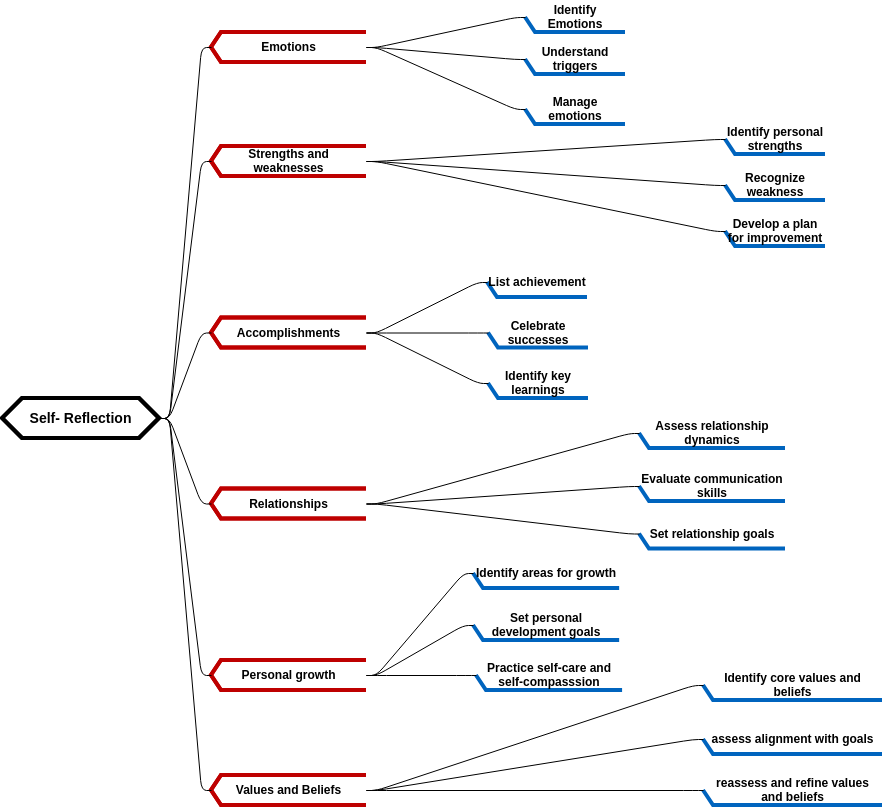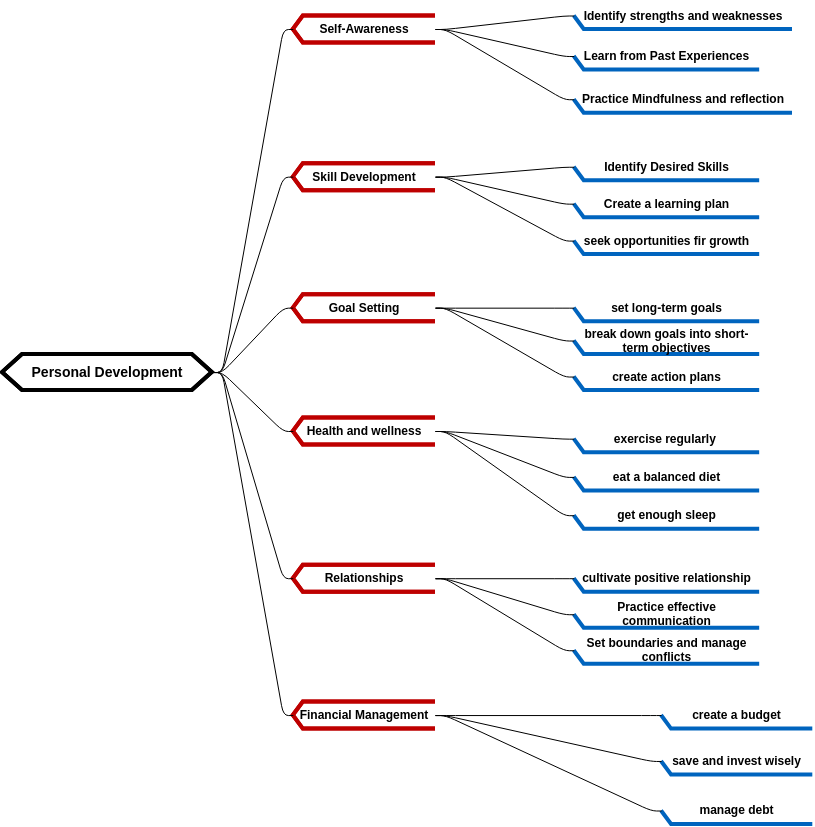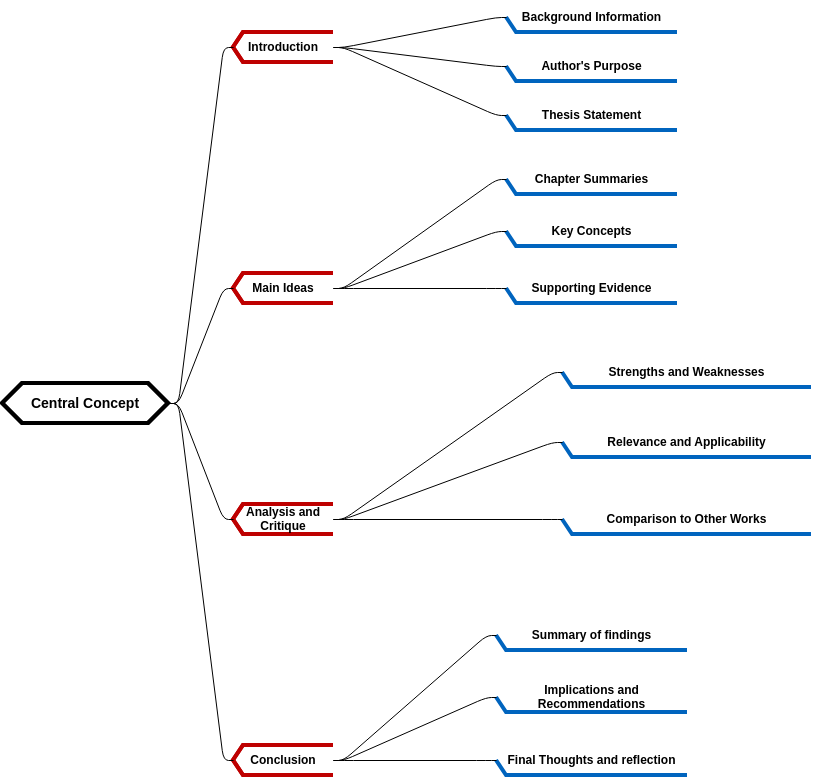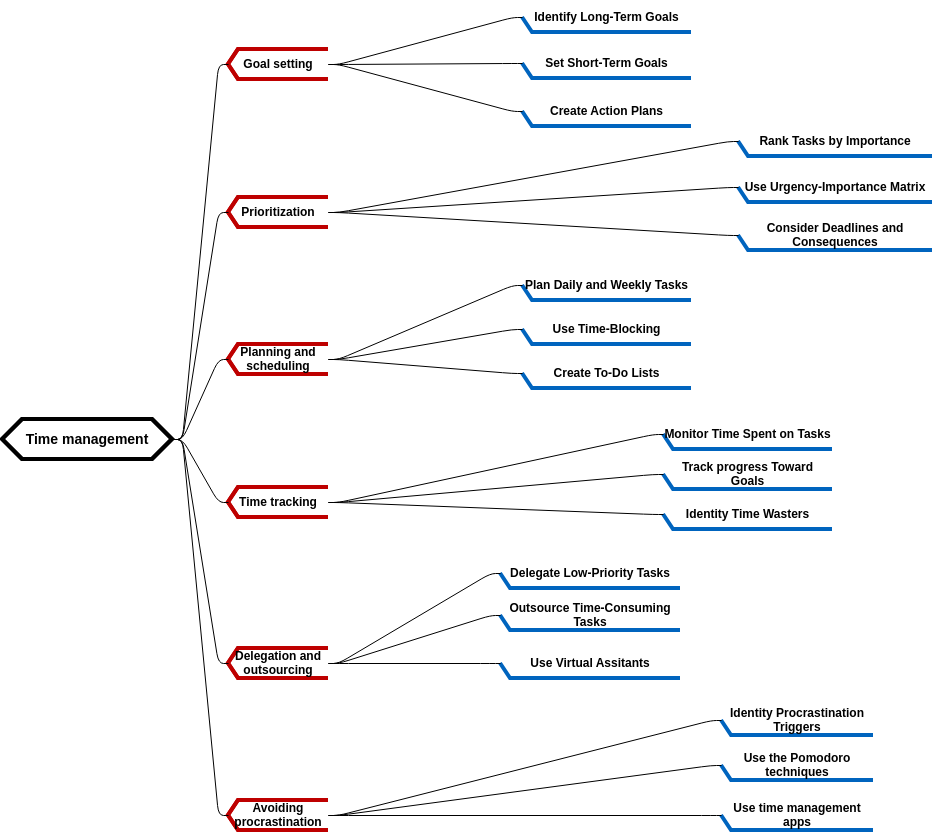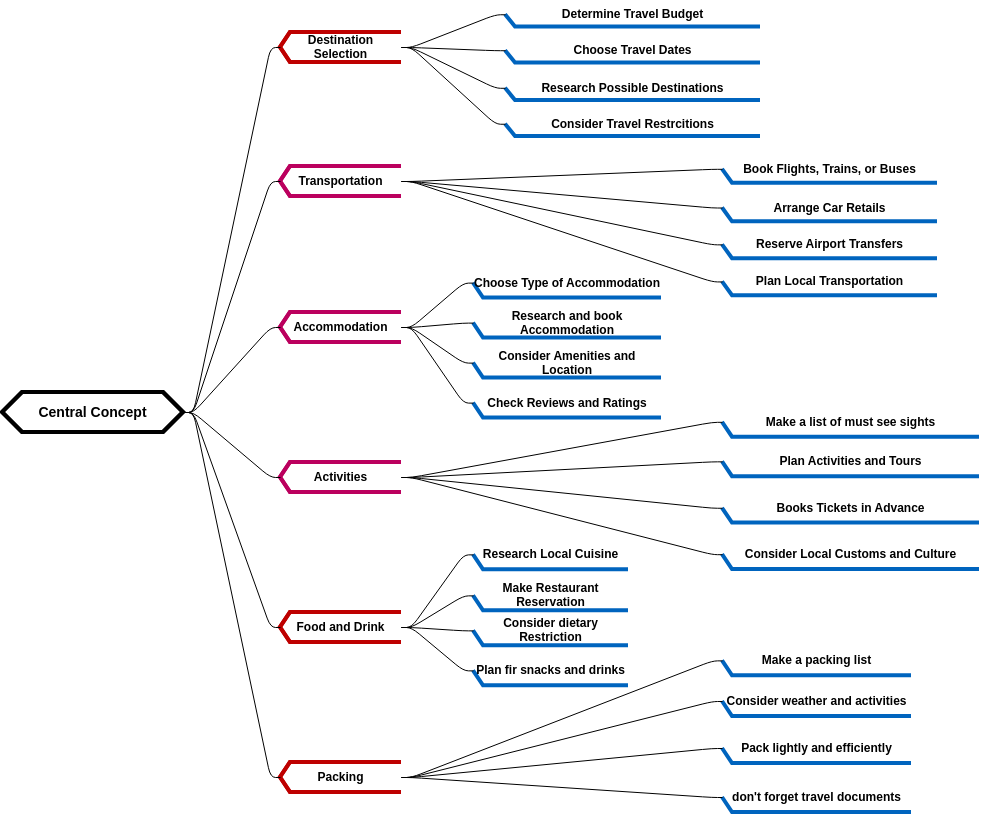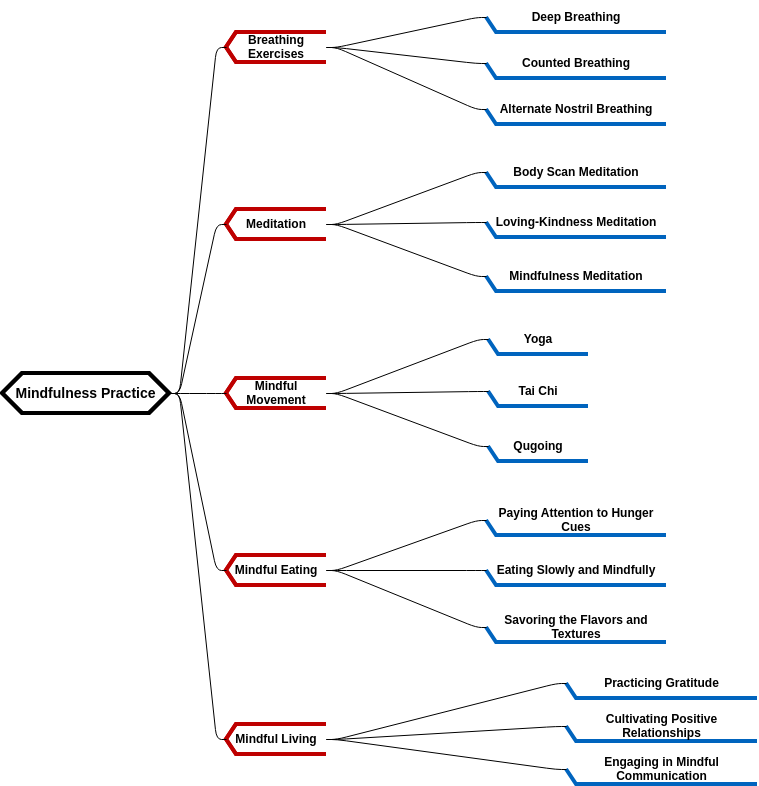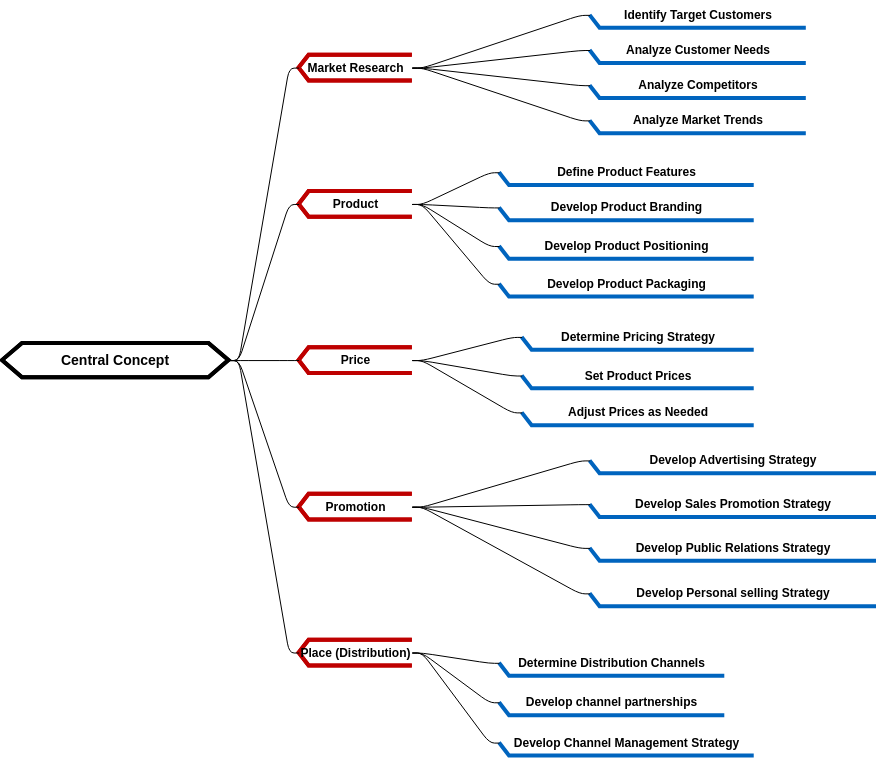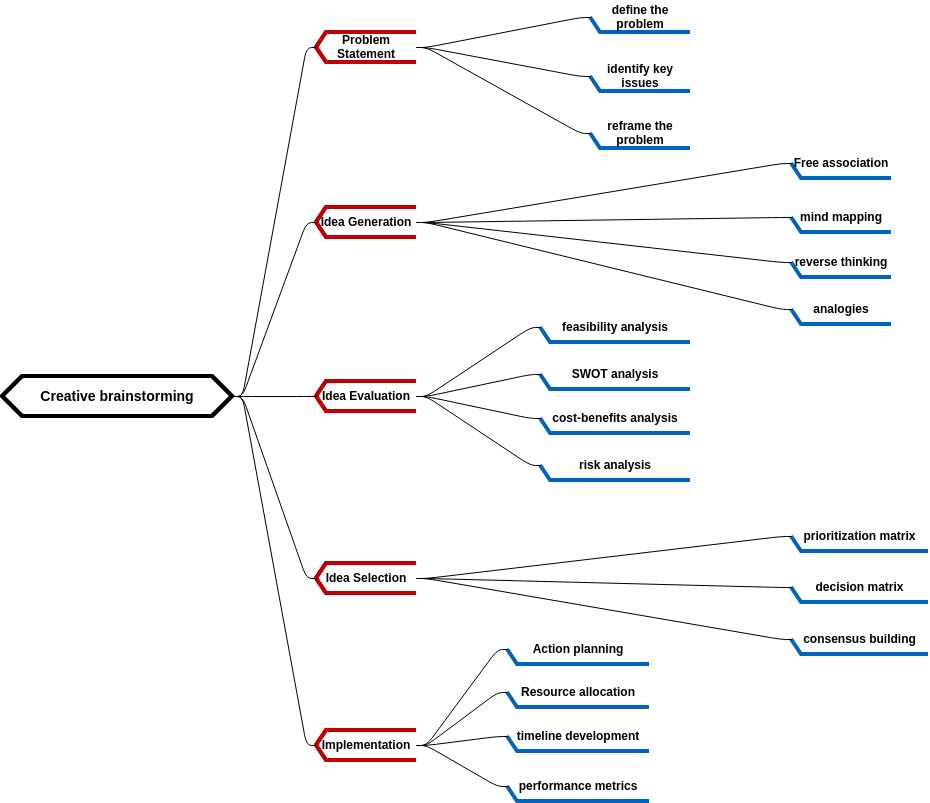Customer Journey Mind Map
The Customer Journey Mind Map provides a concise overview of the customer's interaction with a brand. It starts with "Awareness," where strategies are developed to increase brand awareness through targeted marketing campaigns and channel utilization.
The next stage is "Consideration," focusing on content marketing and lead generation strategies. Marketers create valuable content to capture potential customers' interest and implement lead generation techniques to nurture leads.
The "Evaluation" stage involves product comparison and reviews. Marketers provide transparent product information and facilitate customer reviews to build trust and confidence in the brand.
Moving on to the "Purchase" stage, onboarding and customer support strategies take center stage. A seamless onboarding experience and reliable customer support are crucial for customer satisfaction and a smooth transition into product usage.
Lastly, the "Post-Purchase" stage also highlights the importance of onboarding and customer support strategies. Ongoing support, issue resolution, and a positive customer experience contribute to customer retention and foster loyalty and repeat purchases.
In summary, the Customer Journey Mind Map presents a condensed view of the customer journey, emphasizing strategies for increasing brand awareness, generating leads, facilitating product evaluation, optimizing the purchase experience, and nurturing post-purchase satisfaction. By focusing on these key elements, marketers can create a cohesive and effective customer journey that promotes customer engagement, loyalty, and advocacy.
What's the importance of creating a mind map
Creating a mind map offers several important benefits. Firstly, it promotes a visual and organized representation of information. By structuring ideas, concepts, and tasks in a visual format, a mind map helps individuals grasp the relationships and connections between different elements more easily. This visual clarity aids in understanding complex information and enhances overall comprehension. It allows for a big-picture view while also enabling a detailed examination of specific components, making it a valuable tool for brainstorming, planning, and problem-solving.
Secondly, a mind map encourages creativity and stimulates the generation of new ideas. By visually mapping out thoughts and concepts, individuals can freely explore different possibilities and make connections that might not have been apparent initially. The non-linear nature of a mind map allows for flexible thinking and encourages a more holistic approach to problem-solving. It also promotes divergent thinking, enabling individuals to consider multiple perspectives and alternative solutions. This creative aspect of mind mapping can be particularly useful in various fields such as writing, design, project management, and strategic planning, where innovative and out-of-the-box thinking is highly valuable.
In summary, creating a mind map is important because it enhances understanding and comprehension by visually organizing information. It allows individuals to see the relationships between different components and grasp the big picture while also focusing on specific details. Additionally, mind mapping promotes creativity and encourages the generation of new ideas by facilitating flexible thinking and enabling connections between seemingly unrelated concepts. Whether for personal organization, problem-solving, or collaborative brainstorming, a mind map is a powerful tool that promotes clarity, creativity, and effective decision-making.
Do you need templates for flowchart design? Right away, go to Visual Paradigm Online to look at some of your favorite customizable templates.
